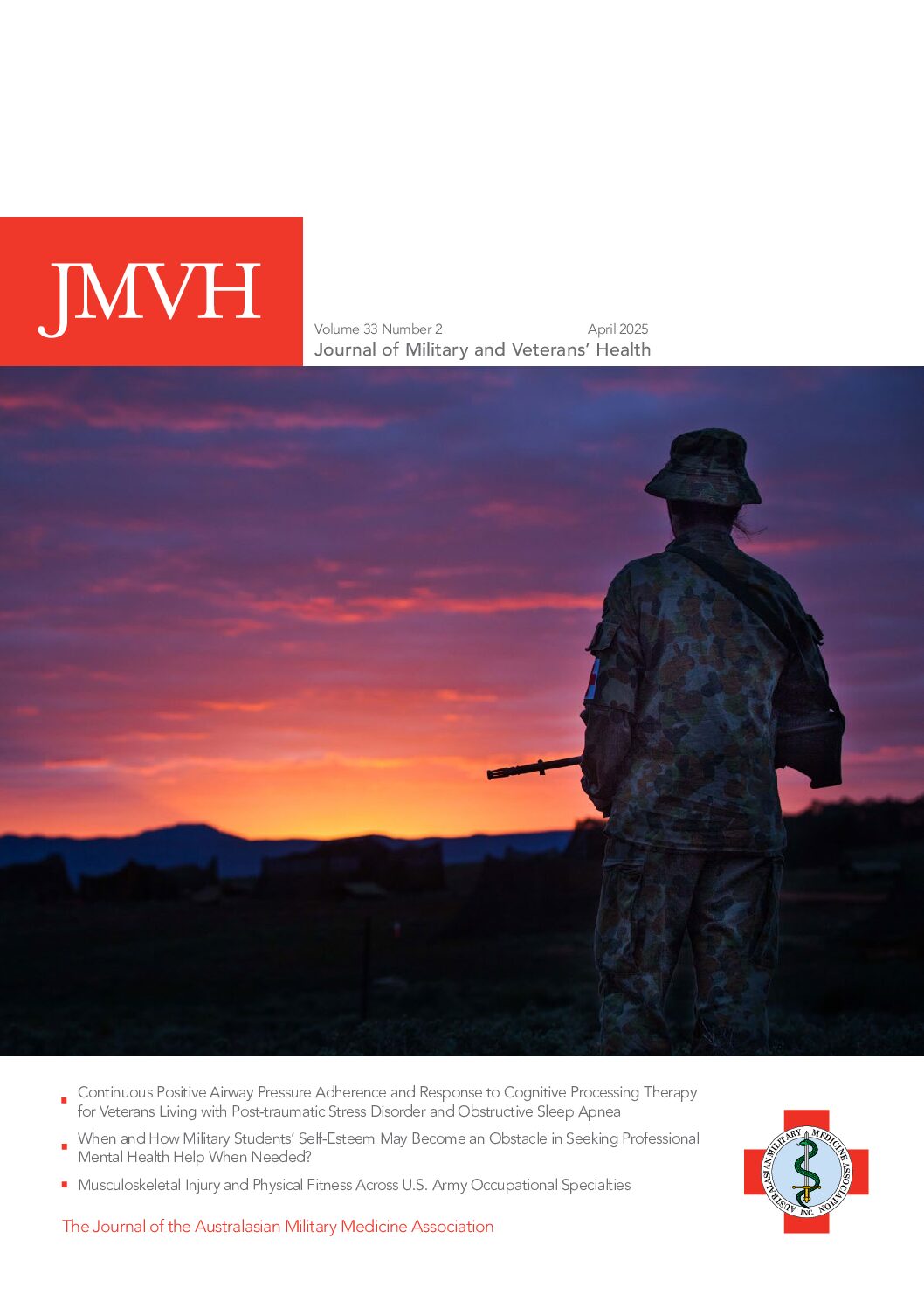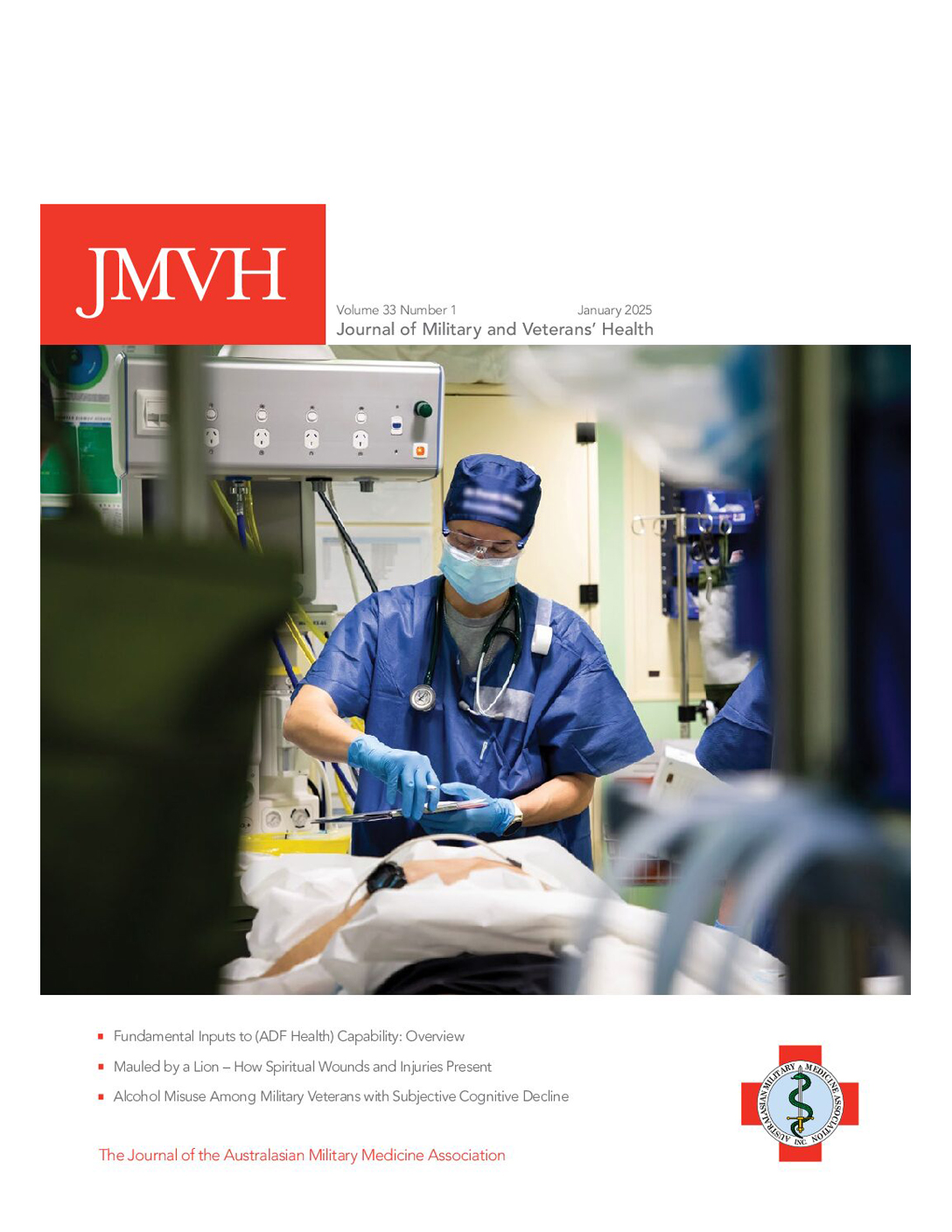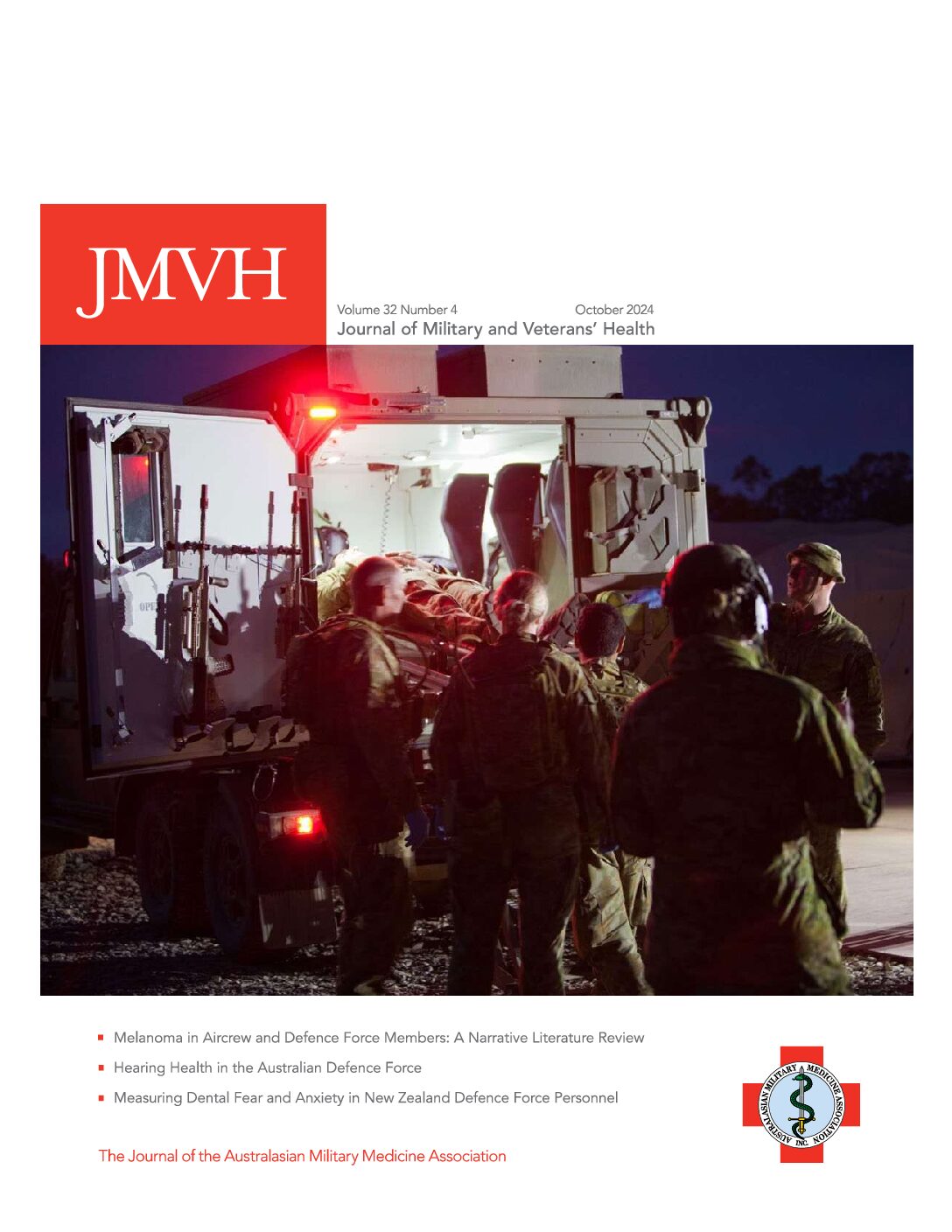AETIOLOGY
Alphaviruses are single-stranded RNA viruses, spherical in shape, and with a diameter of around 60-70nm. They have a lipoprotein envelope and have glycoprotein surface spikes containing major antigens. They belong to the family Togaviridae, which also contains the Flaviviruses (including Dengue fever virus, yellow fever virus, West Nile virus, St Louis encephalitis virus, Japanese encephalitis virus), Rubiviruses (Rubella) and Pestiviruses. Other medically important alphaviruses include O’nyong-nyong virus, Ross River virus, and Sindbis virus.’
Eastern equine encephalitis (EEE) virus has high persistence in the wet, and fair persistence on dry surfaces.
Venezuelan equine encephalitis (VEE) virus has a very high persistence in the wet, and a fair persistence on dry surfaces. It can be readily cultured in embryonated eggs, dried, and delivered in a powered form.
Chikungunya virus has fair persistence in both wet and dry environments.
EPIDEMIOLOGY
Alphaviruses have a wide host range and are able to multiply in both arthropods and vertebrates. In nature, vertebrate hosts include birds, monkeys, rodents, and horses (especially with EEE virus). The mosquitoes Culex, Anopheles and Mansonia are the natural arthropod hosts.’ All known alphaviruses are mosquito-borne.’
Spread of the virus to man is accidental.
EEE
EEE occurs primarily in the eastern United States and Canada but has been reported in Central America and in Trinidad, Guyana, Brazil and Argentina.’ The WHO has also noted the possible isolation of the virus from Europe and Asia. The vector is still unknown, but the mosquito Culiseta melanura may be one. Birds and mosquitos, which are part of the natural cycle of the disease, only develop asymptomatic infections, whereas humans and horses may become clinically ill as a result of infection.
WEE
Western Equine Encephalitis (WEE) is found in the United States, mainly west of the Mississippi River, but has recently been detected on the eastern seaboard, Canada and South America. The vectors for WEE are Culextarsalis in the central and western regions, and Culiseta melanura in the north. Other unidentified mosquitoes are probably also vectors for these diseases.’ The disease occurs in both sporadic outbreaks and epidemics.
VEE
VEE occurs in Florida, south-western USA, Central America, northern South America, the Amazon Valley, and southern Mexico2 Small mammals are the natural primary host, and transmission to humans and horses occurs via the bite of an infected Aedes mansonia or Apsorophora mosquito. 2 There are four major subtypes. Subtypes IA and IC have been associated with severe epidemics, and subtypes ID, IE, II and IIIA also cause medical problems. The other subtypes appear to be avirulent. An outbreak of the disease occurred in 1971 with subtype IB, which spread into western Texas, resulting in 84 identified serological cases, and 17 cases of encephalitis. Major epizootics occur at around ten-year intervals in Peru, Venezuela and Colombia, and cause medical problems. The other subtypes appear to be avirulent.
There is also evidence that certain haematophagous mites may be able to mechanically transmit the virus to susceptible hosts (as opposed to biological transmission). The virus is unable to replicate in these mites but can be passed on to the host within a limited time after the mite has first ingested the viraemic blood meat.
Chikingunya
Chikungunya, spread by mosquito vectors of the genera Aedes (particularly Aedes aegypti and Anopheles), is found in Africa, South East Asia, and India.’ There were over 20 million cases reported in Indonesia in the 1980s. Chikungunya occurs in both massive outbreaks and as a sporadic disease.
PATHOLOGY
Neutralising antibodies to the envelope glycoprotein of these viruses appear about seven days after the onset of disease, and remain in the body for many years, and confer solid immunity.
The virus is present in the saliva of the infected mosquito vector and is injected into the bloodstream or lymph of the host. The virus is then cleared by reticuloendothelial cells, where it multiplies, especially in the spleen and lymph nodes. Viraemia may follow, and various organs and tissues may become infected – including the central nervous system (in encephalitic diseases), bone marrow, skin, and blood vessels (in haemorrhagic fevers).
Severe alphavirus infections involve the viscera, brain, and spinal cord.
EEE
After inoculation into the skin, the virus replicates at the site of entry, and may then become viraemic. In around 4 percent of cases, necrotising encephalitis may follow EEE produces lesions in the white and grey matter of the brain, especially in the basal ganglia and brain stem, and to a lesser extent in the spinal cord.
WEE
The virus replicates outside the central nervous system, but the CNS may become infected if viraemia occurs. WEE causes lymphocytic infiltration of the meninges, and lesions of the parenchyma, which consist of necrosis of the neurons, glial infiltration, disseminated small abscesses, demyelination, and perivascular cuffing. Small blood vessels and thrombi may become inflamed.
VEE
VEE is readily aerosolised, and highly infectious when inhaled. Several laboratory-acquired infections have occurred in this way.4 Additionally, the infective dose is very low: as few as 100 airborne viral particles are enough to cause disease. Person to person transmission has not been documented.
Once internalised, VEE replicates in lymphoid tissue, and other organs. Virulent strains exhibit lymphotoxin effects and may spread to the CNS after the viraemic phase of the illness. Viral replication causes cell destruction and induces a severe inflammatory response. The humoral response is prompt, with antibodies appearing at the end of the viraemic phase. These antibodies are protective and will protect against a second attack.
Chikungunya
Patients experience symptoms in the systemic phase, notably fever, arthritis, and rash. In some rare cases, a haemorrhagic fever may follow.
CLINICAL MANIFESTATIONS
Two distinct phases are seen in EEE, WEE, and VEE. The first is a systemic phase caused by the viraemia, which is characterised by fever, headache, nausea, vomiting, chills and aches. An encephalitic phase, with convulsions and coma, may then follow. Signs of neurological damage include paralysis, irregular
breathing, cyanosis, and sialorrhoea.’
EEE
EEE has a high mortality in humans (up to 50-75 per cent), and often results in neurologic damage, such as mental retardation, paralysis, and recurrent seizures in those who survive.’
The disease is more prevalent in children than adults. ‘
The illness is characterised by an abrupt onset of fever and headache, followed by confusion, seizures, and coma. Those patients without CNS complications usually have a non-specific febrile illness with fever, headache and sore throat.
WEE
WEE is generally much less severe than EEE, but is more prevalent, and is usually restricted to children under four years and infants. The disease is usually limited to headache and fever and is often unapparent. Mortality is seldom above 10 per cent.
Children under 12 months may be left with permanent brain damage as a result of infection.’ In rare cases, where a mother has been infected, the child may be born with massive cerebral necrosis.’
The disease is characterised by a sudden onset of fever, chills, headache, backache, nausea and vomiting, which may be followed by CNS involvement. In adults, symptoms may include drowsiness, headache, mental confusion, and occasionally coma.
VEE
VEE is primarily an equine disease but will occasionally affect humans. This usually results in mild disease, but occasionally encephalitis may follow. Infection almost always results in an overt illness. Human infections generally resemble influenza, with fever, myalgia, nausea, diarrhoea, pharyngitis, and vomiting.’ Recovery usually occurs 3-5 days after onset of symptoms, although this may be accompanied by lethargy and asthenia. Full health is usually recovered in 1-2 weeks. Very rarely, neurological complications may arise. A fulminant form of the systemic illness may result in a rapid progression to shock, coma and death.
In some cases, the disease maybe biphasic, often with CNS involvement occurring 3-7 days after the onset of the febrile illness. Symptoms may be as mild as somnolence, or as severe as encephalitis, coma, convulsions, paralysis and death. Sequelae may include personality changes. There is no evidence to suggest that aerosol infection increases the chances of CNS involvement.
The incubation period for naturally acquired VEE is around 2-5 days, although this is possibly less after inhalation of aerosolised virus (as short as 24 hours).
Mortality is usually 0.5- 1percent but may be as high as 20 per cent in children who suffer encephalitis. Additionally, VEE in pregnancy may result in foetal encephalitis, placental damage, abortion and severe neuroanatomical abnormalities.
Chikungunya
The disease is characterised by a sudden onset of fever and severe joint pains (usually more prolonged in adults), followed by a maculopapular rash. The symptoms resemble those of Dengue fever.’ Haemorrhagic forms of the disease have been noted in South East Asia, particularly in association with outbreaks of Dengue fever. Haemorrhagic complications include haematemesis, melaena, petechiae, and shock.
Following the bite of an infected mosquito, and an incubation period of between 3 and 12 days, the patient experiences a sudden onset of fever, myalgia, arthralgia, and incapacitating joint pain (maybe minutes to hours after initial onset of symptoms), which is usually bilateral, involving the extremities, and more severe in adults. Headache is usually mild, and there is no retro-orbital or eye pain. Anorexia and constipation are also common symptoms. Lymphadenopa thy, conjunctival suffusion, swelling of tonsils and joints, and periarticular nodules may occasionally be present.
The illness may be biphasic: the fever may abate after around six days, only to return a few days later for another several days. This second phase is often accompanied by a pruritic, maculopapular rash on the trunk and extensor surfaces of the limbs.5 Most patients recover completely within ten days, although some will continue to experience joint pain for weeks or months.’
The disease is usually self-limiting and acute. Fatal cases are rare and are usually associated with haemorrhagic symptoms.
DIAGNOSIS
Laboratory diagnosis
These alphaviruses are able to multiply readily in cell cultures and produce cytopathic effects (except in mosquito cells) which are easily detected. Vertebrate cells can also be used in plaque assays, which are highly sensitive and reproducible, and provide a convenient diagnostic method.
EEE
Positive identification is made by isolation of the virus from brain tissue (virus is rarely isolated from CSF), by detection of 1gM from acute serum or CSF using immunofluorescent assays or capture ELISAs, or by an increased antibody titre with paired sera.
WEE
Identification can be made by detection of specific IgM antibodies from CSF and serum using ELISA techniques. Virus is not usually able to be isolated from CSF but may be obtainable from brain tissue.
VEE
In VEE infections, paired antibody titres can be examined, although this may take as long as 5-7 days for a definitive result.
Chikungunya
Virus can be isolated from the blood during the first week of illness. Positive identification can also be made with a four-fold increase in titre of paired antisera, or by the identification if IgM using ELISA techniques.
DIFFERENTIAL DIAGNOSIS
EEE
EEE may be misdiagnosed as encephalitis caused by herpes virus or other arboviruses, enteroviral infections, or bacterial meningitis.
WEE
WEE may be confused with other CNS infections caused by herpes virus, 6 enterovirus, other viruses, or Borrelia burgdorferi.
VEE
Diseases with similar symptoms include dengue, other arboviral infections, influenza, lymphocytic choriomeningitis virus, rabies, herpes encephalitis, and cerebral malaria.
Chikungunya
Chikungunya may be confused with other arboviral infections, particularly dengue, rickettsial infections, malaria, typhoid, leptospirosis, Lassa fever, and other viral haemorrhagic fevers.
TREATMENT
EEE
Treatment is supportive
WEE
Treatment is supportive.
VEE
There is no specific therapy for VEE. Supportive therapy, including rest and analgesia, is recommended, and encephalitis patients should be hospitalised and closely monitored. Antivirals do not appear to have any beneficial effect, although a-interferon and interferon inducers poly(I) poly(C) have been highly effective as post-exposure prophylaxis in animal experiments if administered prior to, or immediately after exposure.
Chikungunya
Treatment is supportive.
SUSCEPTIBILITY OF POPULATION
EEE
All ages are affected. Most cases occur in the summer months. Children under four years of age are more likely to have an overt infection than adults.
WEE
Children, males, and people living in rural areas appear to be at higher risk. The disease seems to be more prevalent in the summer months.
VEE
All ages are affected; the incidence of the disease is higher in the rainy season, and in rural regions.
Chikungunya
There does not appear to be any appreciable difference in susceptibility with age or sex.
PREVENTION
The most effective method of prevention to date has been the eradication of the insect vector. Although effective vaccines are available against EEE, WEE and VEE, these have been used primarily on horses (with some testing on humans), and the effectiveness in man has not been full elucidated.’
EEE
An inactivated vaccine is available for at-risk laboratory workers. A live attenuated vaccine is not yet available.8.10
VEE
Two VEE vaccines are available. The first is an attenuated live strain, TC-83, which has been used since 1963 to immunise at-risk laboratory workers in the USA. This vaccine is also effective for horses. However, illness has been associated with 30-40 per cent of recipients, with more severe symptoms, including headache, myalgia, and prostration, seen in around 5 per cent. These side-effects are usually bimodal, peaking at day 1-2 and days 11. The vaccine is of heterogeneous nature and is not recommended for pregnant women and children. There is also the possibility that this vaccine strain may induce diabetes.
The second vaccine is a formaldehyde-inactivated vaccine (C-84) prepared from TC-83. Although it is immunogenic, safe, and non-reactogenic,” its efficacy has not yet been tested extensively in humans, and it is used mainly as an alternative vaccine for those who failed to seroconvert with TC-83. The C-84 vaccine generally elicits a lower serum antibody titre in humans than does the TC-83 vaccine.8.12 It does not appear to be effective against the aerosol challenge of VEE.
Research is currently underway in the USA on an infectious clone-derived live vaccine, which appears to be highly immunogenic in hamsters, mice and horses, and protective against challenge with virulent VEE virus. No human studies have been performed.
Vaccinia recombinant viruses which express TC-83 structural proteins have been tested on experimental animals with some success against intraperitoneal, subcutaneous, and intranasal challenge, although no human trials have been performed. Polyclonal and monoclonal antibodies are effective in experimental animals as passive immunisation.
Chikungunya
A live attenuated vaccine is currently being evaluated.
POTENTIAL AS BW
EEE and WEE
Little is know about the persistence of EEE and WEE viruses, or their stability in aerosol and infectivity in this form. However, their morphology is similar to that of VEE virus, and it is possible that EEE and WEE may also be transmissible in aerosol form. A biological attack could also be achieved by releasing virus-infected mosquitoes. Treatment is only supportive – no specific therapies are recommended.
EEE has a high mortality rate, and symptoms are quite debilitating. Additionally, survivors often suffer from neurological complications after recovery from the acute illness. WEE, although generally not as severe as EEE, may still cause debilitating symptoms, or even coma or death in some patients. Both illnesses would strain medical resources and manpower if a large-scale attack were to take place.
VEE
VEE has some potential as a biological agent, because it is readily aerosolised, is relatively stable in this form, and can be grown and prepared cheaply and easily. In addition, it has a high persistence in the wet and requires a very low inhaled dose to cause infection. In the event of a biological attack of VEE, most infected personnel would develop an overt illness, and would be incapacitated for a few days to several weeks.
Those patients who developed an encephalitic form of the disease would also need hospitalisation. No specific treatment is available, and there are problems with the available vaccines.
Chikungunya
A biological attack would probably involve the release of infected mosquitoes, although, as with EEE and WEE, it may be possible to aerosolise the virus. Chikungunya produces a very incapacitating joint pain, which debilitates most patients. Haemorrhagic complications would cause further problems to the patient. The fever may recur after an initial improvement, and some patients may suffer from continuing joint pain.
FUTURE DIRECTIONS
The use of live, attenuated vaccines for EEE and WEE could be examined more closely, and the efficacies of current vaccines on humans could be further elucidated. The live attenuated vaccine for Chikungunya, which is currently under study, may be very valuable in the future. Information on the use of interferons and other immunomodulators in the treatment of these diseases would also be of benefit.
Research is continuing into VEE vaccines, the use of passive immunisation with polyclonal and monoclonal antibodies, and the use of interferons.






